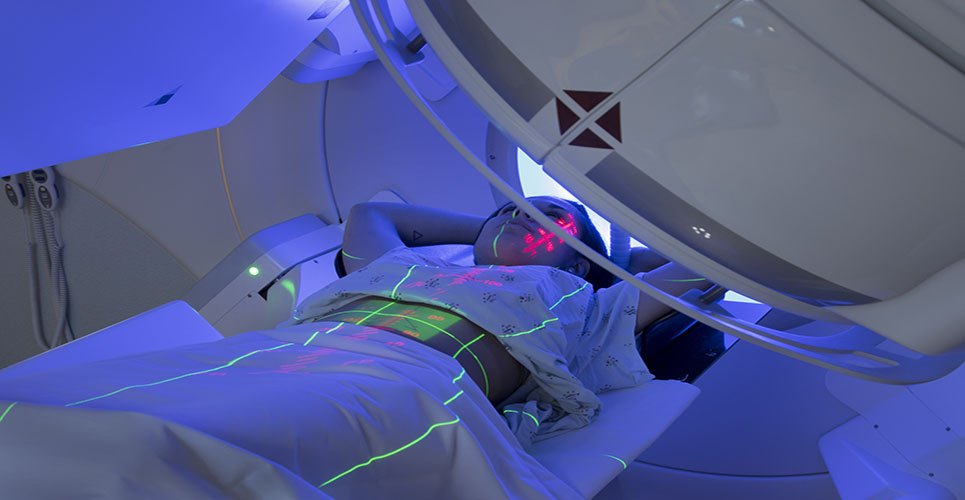teaser
Up to 25% of cancer patients develop metastases in the brain often long after successful treatment of the primary tumor.
In almost all such cases, the prognosis is poor. The mechanisms responsible for the appearance of brain metastases have long been mysterious.
Now a research team led by neurologist Dr. Frank Winkler of LMU Munich has followed, in real time, the steps that lead some tumor cells to establish metastases, while others fail to form new tumors.
The team also discovered that, by blocking formation of new blood vessels, the anti-cancer drug Avastin can suppress the emergence of metastases.
“We hope that our results will help to optimize existing therapies and allow us to develop new agents that can be targeted against specific stages in the process of metastasis”, says Winkler. (Nature Medicine online, 20. Dezember 2009)
It is not the primary tumor that kills most cancer patients, but the metastases which arise from it. Metastases in the brain are associated with a particularly dismal prognosis.
These secondary tumors frequently appear in patients who have, or have had, lung, breast or skin cancers. They are very difficult to treat, as existing therapies can only slow, not cure, the disease.
Brain metastases are also very distressing for patients, often causing headaches and nausea, but also serious neurological symptoms such as paralysis and loss of the ability to speak.
“Unfortunately, brain metastases are now being seen more often than in the past”, says Dr. Frank Winkler, who leads the Neurooncology Research Group at the LMU’s Neurological Clinic in Munich.
“Improvements in the treatment of malignancy have enhanced survival times. But this also means that more patients are at risk of developing brain metastases.”
Exactly how metastases arise has been unclear. In close cooperation with Professor Jochen Herms of the LMU’s Center for Neuropathology and Prion Research and scientists at the Max-Planck Institute for Neurobiology in nearby Martinsried, Winkler and his collaborators Yvonne Kienast and Louisa von Baumgarten have, for the first time, been able to follow the fate of single cancer cells, in real time, over periods long enough to allow the development of large metastases in the brain.
The study used two-photon microscopy, which allows one to look deeper into tissues than is possible with conventional fluorescence microscopy.
The technique can visualize, at high resolution, structures that lie hundreds of micrometers below the surface of the living brain.
“Essentially, we were able to monitor the stages of metastasis formation live”, remarks Yvonne Kienast.
Different fluorescent markers were used to label blood vessels (in green) and the tumor cells (in red) which the team injected directly.
By extending their observations over many weeks, the researchers discovered that metastasis formation requires four steps. First, circulating tumor cells must get trapped at a fork in the network of blood vessels.
“In contrast to previous reports, intravascular growth is not sufficient to induce a metastasis”, reports Winkler. “We observed that such cells must then escape into the surrounding tissue by passing through tiny gaps between the cells of the vessel wall. In the third step, they have to stick to the outer surface of the vessel, where micrometastases, consisting of four to fifty cells, can develop.
It is the fourth step that gives the crucial signal for the development of a clinically relevant metastasis. This occurs when neighbouring micrometastases fuse and new blood vessels grow into the resulting mass.
The latter process — angiogenesis — ensures that the tumor has a constant supply of nutrients, allowing it to grow unchecked. The imaging experiments also revealed the hurdles that cancer cells must overcome in order to form metastases.
As Winkler points out, “Each one of the steps can go awry. Cells may not get out of the circulation, may fail to adhere to the outer vessel wall or be unable to induce angiogenesis”.
In the absence of angiogenesis, even cells that had attached to the outer vessel wall and proliferated strongly at first eventually died.
As Winkler and his colleagues confirmed, many cancer cells can remain in a resting state for long periods, and then suddenly begin to grow again. “This is why metastases often appear years after successful therapy of the original tumor”, he says.
It turns out that direct contact with a blood vessel is also essential for the survival of resting tumor cells. These new findings should soon contribute to improving patient care.
Winkler’s team have already shown that the anti-cancer drug Avastin blocks the angiogenesis step, so that further growth of micrometastases is permanently inhibited.
“We now want to test other types of cancer drugs for their effects on the single steps of metastasis formation”, says Winkler.
“Thanks to these insights, it may be possible to discover new substances that allow us to treat existing metastases effectively, or even prevent them from developing at all”.

